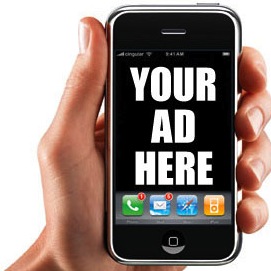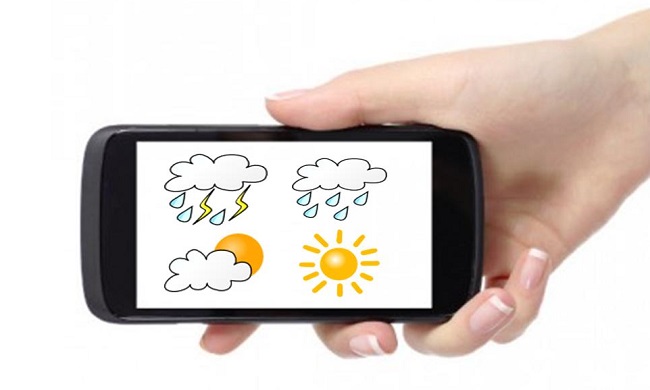A recent study conducted by Forrester revealed that this is the case despite knowing how important these campaigns are.
Though marketers are well aware of the importance of mobile marketing as a part of their overall strategy, only a small minority actually integrate this channel into their overall advertising mix, says Forrester.
In fact, in the research results, it showed that only 13 percent of marketers have strategically integrated mobile.
Because the mobile marketing strategies appear to be established in a way that leaves out a component that the marketers acknowledge as being highly important, it doesn’t come as much of a shock that Forrester reported that only 27 percent of marketers stated that their return on investment (ROI) for their campaigns was profitable. Equally, a massive 67 percent said they were unable to measure the ROI of their advertising.
Only 20 percent of the participants in this study said they had the budget they would require for mobile marketing initiatives.
 Most of the marketers who took part in the survey claimed that the resources they had available to them for focusing on mobile advertising were quite limited. Moreover, only 10 percent felt that their companies would be considered to be mobile savvy.
Most of the marketers who took part in the survey claimed that the resources they had available to them for focusing on mobile advertising were quite limited. Moreover, only 10 percent felt that their companies would be considered to be mobile savvy.
Many marketing firms supplement their capabilities for internal development. The Forrester research revealed that over half – 56 percent – were working with a number of other partners who could support the integration of mobile initiatives. These partners included everything from specialty vendors to agencies and platform providers.
The outcome has been that marketers are still trying to learn the ropes when it comes to how to use mobile marketing techniques, how they work, how they should be implemented and how their successes can be measured. With a lack of in-market mobile programs from which to learn and hone their skills, marketers are trapped in a trial and error phase and are incapable of demonstrating the level of expertise that would be necessary to lure execs, said the research. The report explained that marketers will need to create a solid business case and set aside an appropriate mobile budget to suit the current opportunity available.

 Consumers would be able to see products that were appropriate to their specific situation at the moment that they received the mobile ads. For example, if it was raining and cold, the message would recommend sweaters and umbrellas available from the retailer. Similarly, if it was hot and sunny, shorts and sunglasses would be worked into the message.
Consumers would be able to see products that were appropriate to their specific situation at the moment that they received the mobile ads. For example, if it was raining and cold, the message would recommend sweaters and umbrellas available from the retailer. Similarly, if it was hot and sunny, shorts and sunglasses would be worked into the message.